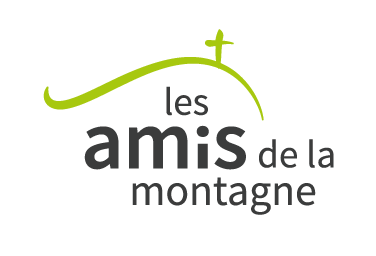In 2005, under the Cultural Property Act, the Government of Quebec adopted the decree creating the
Mont Royal Historic and Natural District, a first in the province of Quebec. By this dual status, the Government of Quebec undertook to protect and promote the harmonious development of this unique collection of assets for its cultural, natural and landscape heritage value.
Today, the territory is recognized as a
heritage site by the Government of Quebec. A large part of the mountain thus enjoys protective measures guiding the development and embellishment of its spaces and buildings.
Created in 2005, a working table called
Table de concertation du Mont-Royal (TCMR) brings together key stakeholders concerned with the future of the mountain, including Les amis de la montagne and representatives of several institutional, community, governmental and municipal operations.


